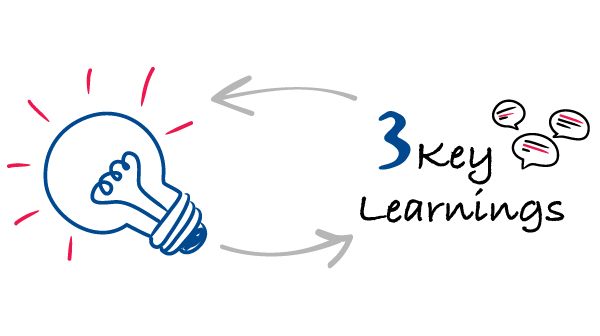By Artturi Tarjanne, Partner Nexit Ventures
 This time we invited Artturi Tarjanne, Partner at Nexit Ventures, as a guest writer and we will be looking at his key learnings on how Covid-19 affected the investment landscape and where he sees the opportunities going forward. This article is based on his original piece on the Activist VC Blog.
This time we invited Artturi Tarjanne, Partner at Nexit Ventures, as a guest writer and we will be looking at his key learnings on how Covid-19 affected the investment landscape and where he sees the opportunities going forward. This article is based on his original piece on the Activist VC Blog.
After the Covid-19 pandemic hit with full force, I was worried about the markets crashing.
I was wrong.
The unprecedented rate governments are printing money at (“quantitative easing” in fancy terms) has raised the investor sentiment. The share prices are back to the same stratospheric levels as before the pandemic even though the real economy has been hit hard.
So, there is money. The question is where to put all that moolah as traditional assets are not very attractive:
- The interest rates are likely to stay low, making loans and bonds mostly uninteresting.
- Real estate has lost some of its appeal as the rent-paying ability of brick and mortar retailers and restaurants has suffered, and corporations are downscaling their office infrastructure in the face of increasing remote work and layoffs.
- Shares appear to be maxed out, at least the big tech stocks – the current multiples do not give much room for further growth.
In other words, money is looking for new places to go to. With current public market valuations, returns are difficult to create by just pumping up the valuation multiples. Real returns come from creating new substance and by concentrating on growing business profitably.
With this backdrop, it is easy to predict that new money will flow into Private Equity (PE) and Venture Capital (VC) investments.
Where are the Growth Opportunities?
Rapid changes in the operating environment always create new business opportunities.
The rate of digitalization before Covid-19 was already fast. The pandemic accelerated the rate of change even further and with a broader impact. Consumer and corporate behavior are likely to change significantly in the coming years as we get sensitized to pandemics. We will see numerous restructurings, pivots, new companies growing rapidly, and big companies disappearing. Disruption will happen on every level: personal, professional and societal.
The value creation opportunities resulting from this development have become massive. All aspects of our lives are becoming increasingly digital very fast:
- Work-life – work from home
- Education – distance learning
- Corporate operations – distributed operations
- Commerce – e-commerce, payments
- Healthcare – telecare
- IT infrastructure – AI, computing power, bandwidth
- Travel, tourism – new innovations needed
These developments have a vital engineering aspect to how they are addressed – we are facing a decade of fast and wide digitalization that offers nearly unlimited opportunities to smart growth companies.
Engineering Europe
Nordics, Central Europe and the Baltics are what I call “Engineering Europe” which is characteristic by the following:
1. It offers a very high level of engineering talent combined with comparatively reasonable compensation levels. The proportion of engineers to other college graduates here is higher than elsewhere in the world.
2. Most countries within this area have a disproportionally large level of seed/early-stage VC investment activity, but limited tech growth capital.
These factors combine to create plenty of seeds that can become the new high-growth companies in the digitalization space.
Source: Invest Europe, 10-year average
The ample early-stage funding is great and definitely needed but not enough. To truly fulfill the potential of all these great innovations and startups, a better supply of later-stage growth funding is required.


